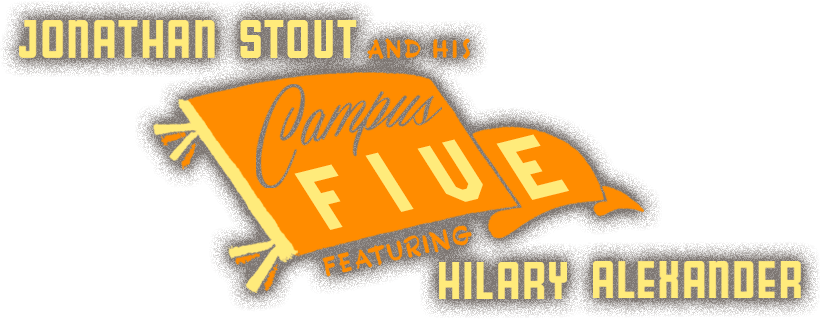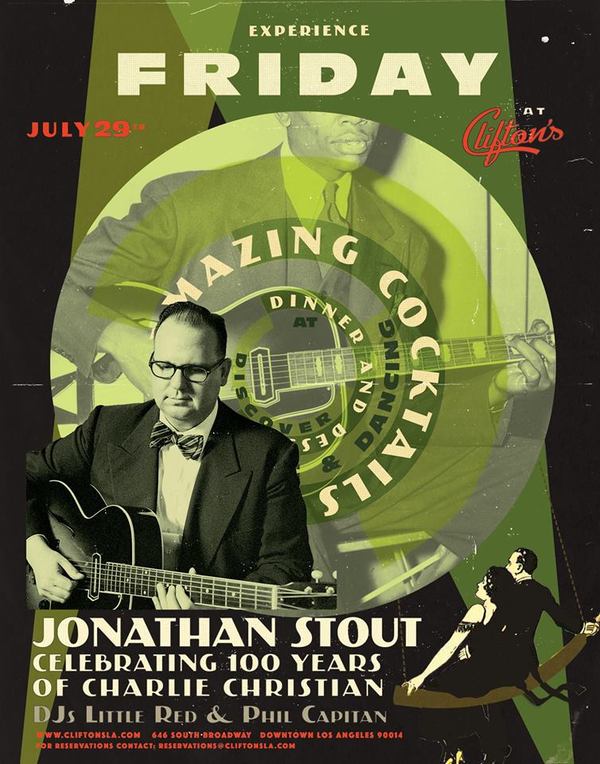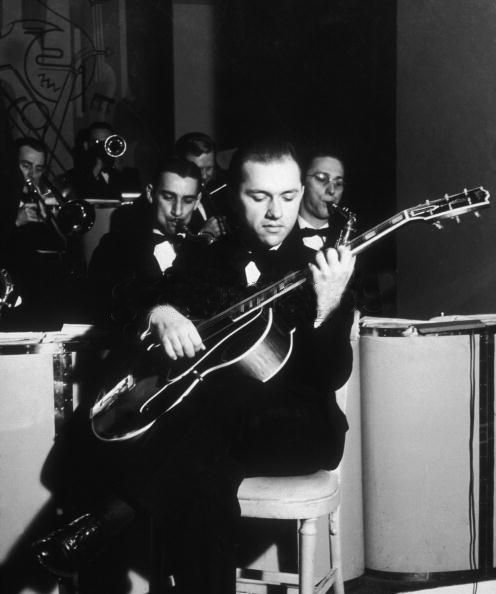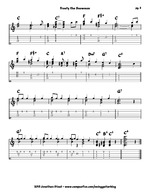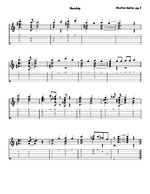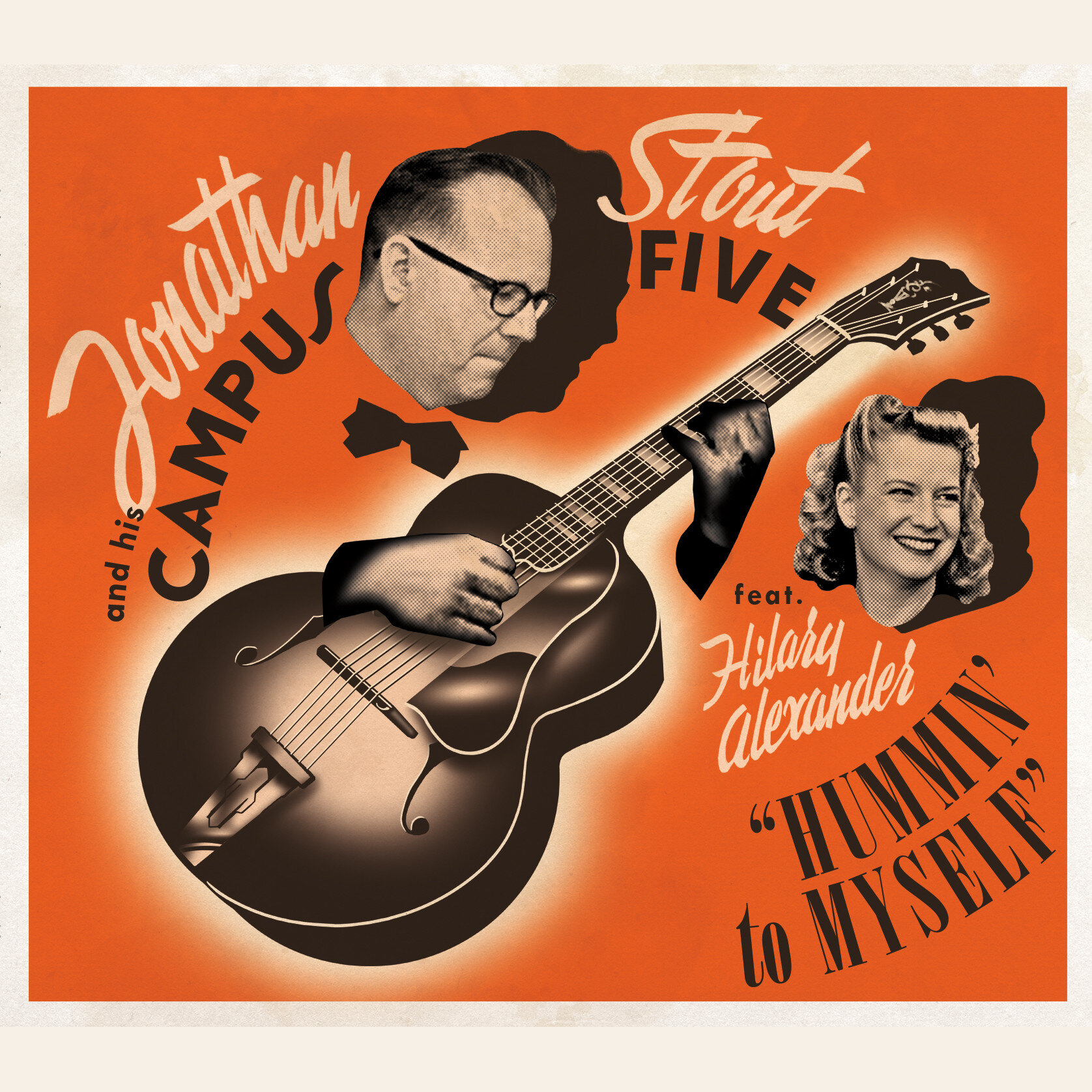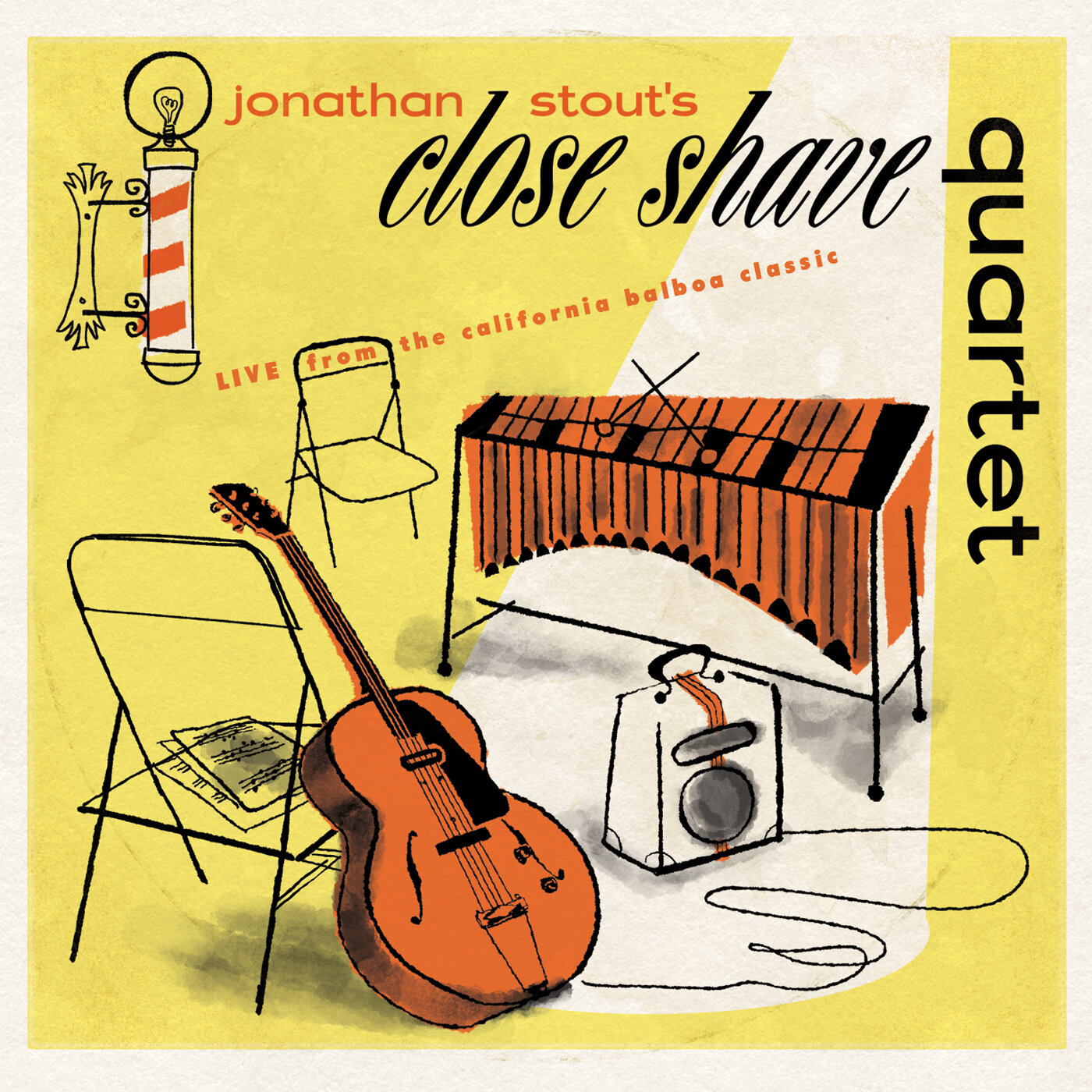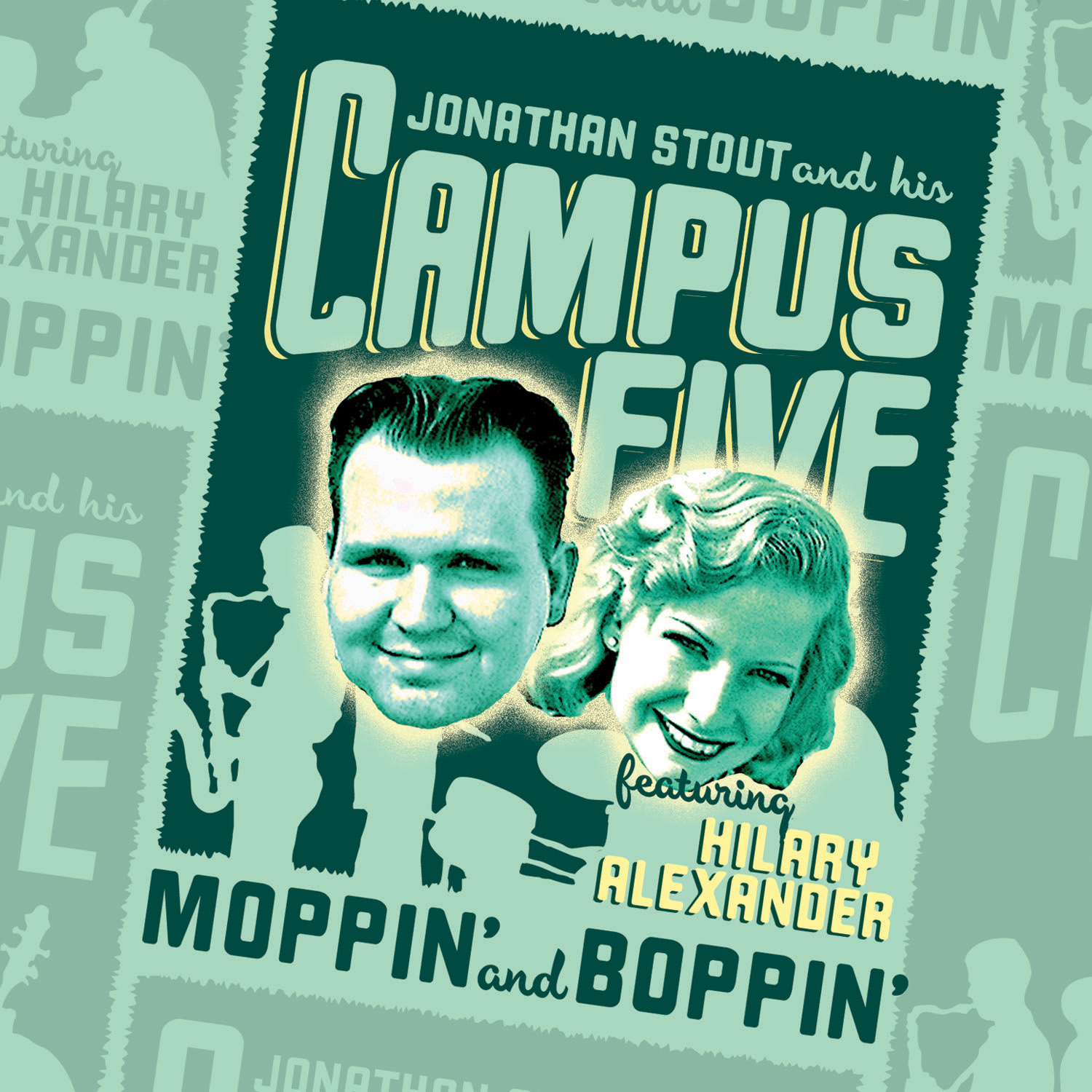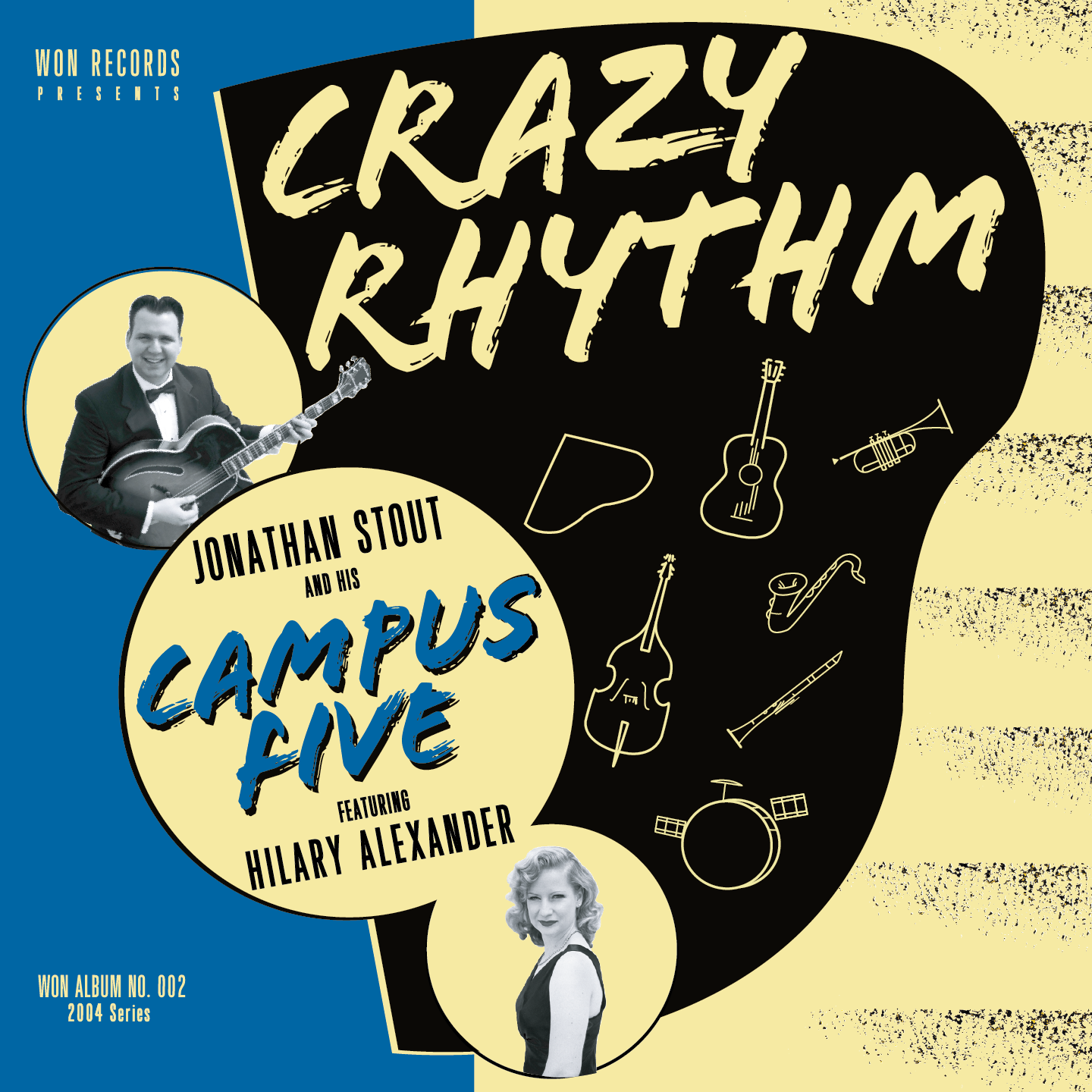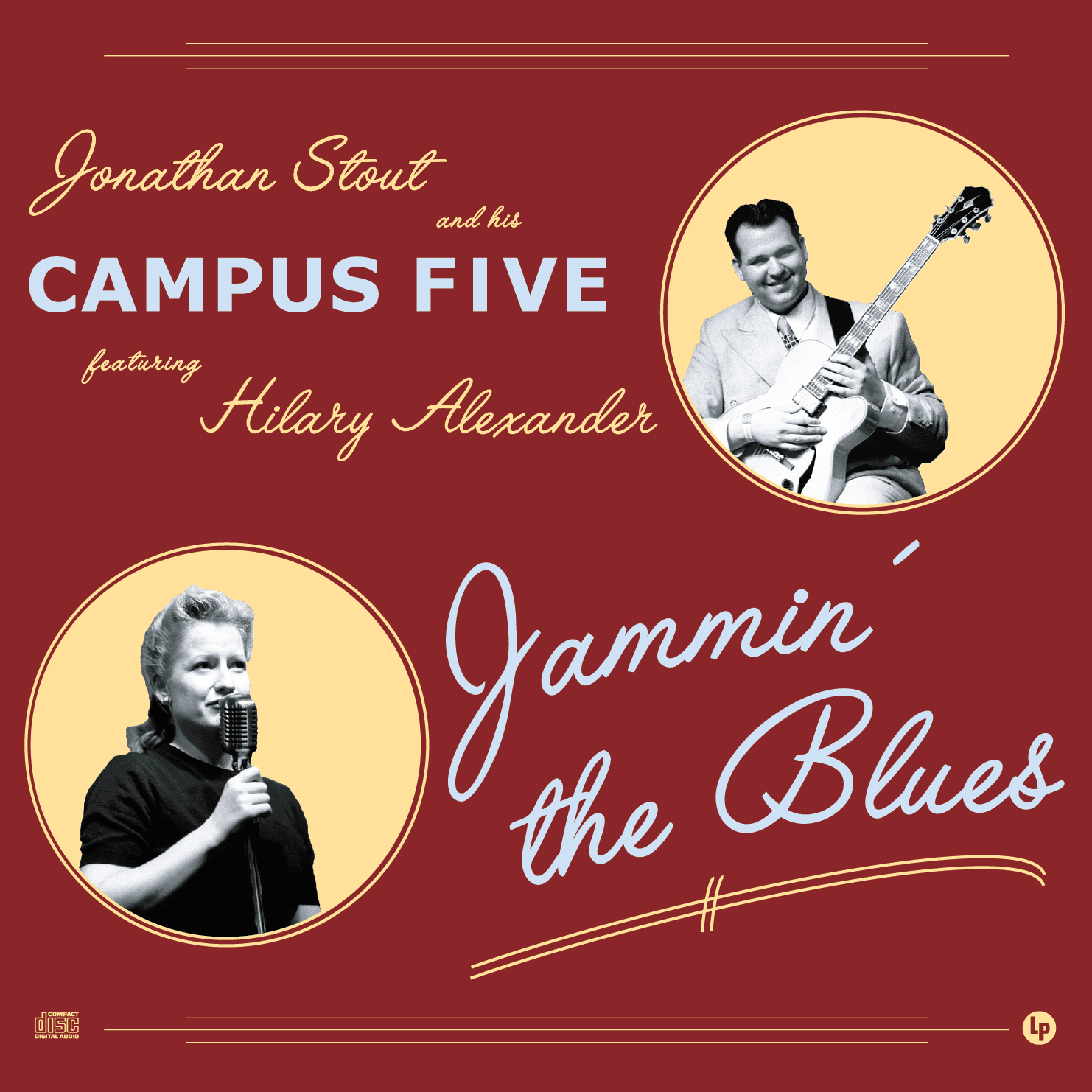Since it’s almost time to hang those stockings, I figured I’d give an updated list of some of my favorite Swing Guitar-related items that make suitable stocking stuffers. I’m sure we want Santa to leave a D’Angelico or a Stromberg under the tree, but these are all things Santa might actually be able to pull off.
ALBUMS
While many of these are available as mp3s or what have you, I find that many of these come with liner notes. Good liner notes give you the personnel and dates on each song, and often a nice critical explanation of the tunes. I’ve bought many things digitally, only to have to scour the internet to find out who was playing on a given session. Digital is better than nothing, but I always try to hold out for something with liner notes when I can.


Charlie Christian - The Genius of the Electric Guitar
The very best collection of Charlie Christian in the studio. Edited takes have been put back to their original state, and the remastering is excellent. One example is how on “Sheik of Araby” you can really hear the pitches of Nick Fatool’s tom-toms, instead indistinct thuds. The rehearsals and jam sessions on disc four provide a window into the real people involved, instead of just picturing them as 2-dimensional black and white photos. It’s out of print, but it’s worth searching out for this box set, no question. Plus the damn box is fashioned after an EH-150 amp! How can you resist?!


Swing to Bop: Guitars in Flight 1939-1947
This is a fantastic collection of some more obscure players and tracks. There’s some wonderfully Django-influenced early Les Paul, as well as some really jumpin’ Mary Osbourne, one of the first players to be influenced by Charlie Christian. Her version of “Rose Room” is so badass. There is also some of the George Barnes Octet stuff, and some great Tony Mattola small group stuff. Perhaps my favorite track, unavailable anywhere else, is Carl Kress and Tony Mattola playing “Davenport Blues” live on some radio show. The spoken introduction is priceless, and the tune is even better.


Very Best of Swingin’ Jive Guitarists
I’m not going to lie, I basically bought this one just for one song, “I Never Knew” by Peck’s Bad Boys, featuring one Mr. Allan Reuss. I don’t believe there is another CD issue of that track anywhere. But, there’s a ton of other good stuff on here from Bernard Addison, Al Casey, Eddie Lang (in the context of a band, not simply solo), several other lesser known guitar players, and even the reclusive Snoozer Quinn.


Benny Carter - The Complete Benny Carter (Keynote)
The Arnold Ross Quintet Sessions with Benny Carter are some of the very best examples of Allan Reuss’ playing. More over, there are multiple takes, which is wonderful insight into what parts and phrases were worked out and which were improvised. Some of the other collected tracks featuring an unidentified electric guitarist of interest as well.


Django Reinhardt: Jazz Tribune, No. 39: The Indispensable Django Reinhardt, 1949-1950
While far from an exhaustive survey of Django Reinhardt’s playing, this two CD collection of 1949-1950 contains some of my favorite recordings of Django. There’s both some acoustic playing and some great electric playing. Among the great tracks, it contains one of my favorite Django tracks of all time, “The World is Waiting for the Sunrise”.
BOOKS
These are problem the three most essential books on swing guitar playing.


Swing and Big Band Guitar: Four-To-The-Bar Comping in the Style of Freddie Green - Charlton Johnston
For all my complaints about it, this is still the most authoritative book on the subject of Freddie Green style playing. I highly recommend the chapter on inversions, since that is where one can learn to “walk” voicings up and down the neck. Just don’t bother listening to the example CD, because it’s straight-ahead jazz dreck.


Swing to Bop: The Music of Charlie Christian - Stan Avyeroff
The exhaustive resource of Charlie Christian transcription is the best available on the subject. There’s no tab, so you;ll need to work the fingerings yourself. Once you have a firm grip on Charlie’s patterns, that becomes easier to do.


Ivor Mairants: The Great Jazz Guitarists, Pt. 1
I’m a little wary of revealing one of the best resources I’ve ever found for pre-war jazz guitar playing. I felt like keeping it secret for a long time, but I have to share. There are transcriptions of Allan Reuss, Oscar Aleman, George Van Eps, Carl Kress, as well as multiple transcriptions of Eddie Lang, Lonnie Johnson, DickMcDonough, Teddy Bunn, Django Reinhardt, Eddie Durham and Charlie Christian. Plus there’s some interesting analysis of the change from the Eddie Lang/Lonnie Johnson-era - the “First Guitar School”, to the “Second Guitar School” of McDonough/Van Eps/Kress and the rest. Fascinating stuff!
ACCESSORIES
These are just some favorite accessories that might make a good stocking stuffer.


K&M Heli 2 Acoustic Guitar Stand
My favorite gigging guitar stand. Foldable, light, but very steady. Although the surfaces are not certified to be non-reactive with nitrocellulose lacquer, I’ve never seen any reactions, and I only use them for stage use, so I doubt I ever will. The only downside, for me, is that the recessed tailpiece jack of my ES-150 requires a stand with greater ground clearance (for which I have a Hercules model that holds the guitar by the neck).


Dunlop Primtetone 1.0mm Standard Sculpted Guitar Pick (w/o Grip)
Primeness have become my new go-to, everyday pics. I really love Blue Chips, but they are also $35 a pop. These Dunlops are only a little more than a dollar, and give much of the same feel. I find I like them better the more they break in. For harder-playing gigs, and for anything where I need to mitigate treble, I still reach for a 1.2mm Wegen, but for day-to-day playing, it’s hard to beat the 1.0mm Primetone. I also keep a couple Primetones in heavier gauge around for variety. Be warned there is also a model of the same name WITH a grip, and that is made from a completely different plastic - those are cool too, but definitely not as much like a Blue Chip.


Snark SN-8 Tuner
A guitar tech friend of mine coined a turn of phrase I really loved, and I’ve repeated many times since: “The Snark: for when close enough is good enough.” He was joking about the use of something like a Snark for fine tuning intonation, which is clearly a job for something much more sensitive, like a strobe tuner. But for day-to-day tuning, and quick on-stage tuning checks, the Snark is more than sufficient. But almost more importantly, the price point for a Snark is so low, that loosing or breaking them isn’t the end of the world. They work well enough, they’re much easier to read than some of the budget, cheapo tuners out there, and they’re dirt cheap. I always have a bunch lying around, and when I start to notice I’ve misplaced one, I just order another.
 Just Strings: Bulk Strings
Just Strings: Bulk Strings
If you’re like me, you might use a particular set of strings, but feel compelled to bump up the gauge of the high E and B strings. Problem one is that it leaves you with quite a few extra E and B strings in gauges you might not want. But the much bigger problem is needing an extra single string of both the B and E in the designated gauge. Plain steel strings are basically fungible, and the brands are basically the same, so you go with any brand of single string - D’Addario, Ernie Ball, whatever. And you’ll need to pack some individually wrapped single strings with you for gigs, in case you break a string on the gig. But at home, I tend to buy a pack of a dozen single strings from Just Strings in 13, 14, 17 and 18 gauges, and leave the individually packaged single strings in my gig bag. The Just Strings bulk strings come by the dozen, bagged in a long vinyl pouch. Just find a poster tube or something to store them, and you’re set.


Belkin 6-outlet Surge Protector with Rotating Plug (8 ft)
It seems dumb put something as fungible as serge protector on this list. After all, unless you’re looking at something that has real protection, or line conditioning (ala a Furman or something), one office supply store surge protect is as good as another right? Maybe, but the benefit of the Belkin suggester here is that the plug head rotates for more options when plugging it in, and it has an 8 foot cable built-in. I can’t tell you how many times the cable from a normal surge protector almost, but didn’t quite reach to where I needed it to be, resulting in me daisy chaining multiple surge protectors in a row. Using the 8 foot Belkin has kept me from breaking out an extension cable in months. Of course, there are still times you’re going to need a 25- or 50-foot extension cable, but for so many stages, the 8 feet attached to the power strip is more than enough.


Monoprice XLR Cables
25 ft cables
50 ft cables
About 2 years ago I tried out moonrise XLR cables. Based on the high quality and low price, I eventually replaced all of our XLR cables with them. A couple of our mics where particularly sensitive about certain cables and certain jacks being ill fitting, causing a lot of pops and cutting out. Once we switched to monoprice, we never again had these kinds of problems. I also order a bunch of shorter run XLR’s for connecting my Lav Mic->Mute Switch->A/B Box combo together, before using two longer XLR’s to send to the board. If and when they eventually wear out, the low replacement cost still has you ahead of the rest.
